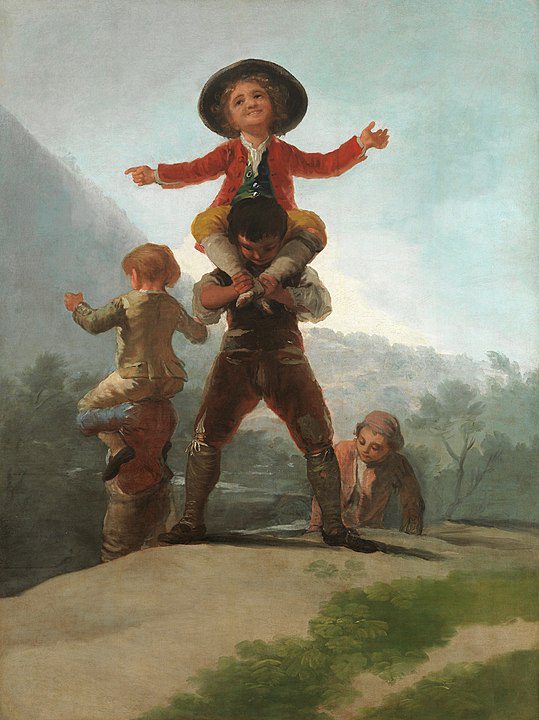
Francisco José de Goya y Lucientes, born on March 30, 1746, in Fuendetodos, Spain, and passing on April 16, 1828, in Bordeaux, France, stands as a towering figure in the history of Western art. Known simply as Francisco de Goya, he was a prolific painter and printmaker whose work spans the Rococo, Neoclassical, and Romantic periods, capturing the turbulence of his times with unprecedented emotional honesty and boldness. Goya’s art is celebrated for its critical reflection on the political, social, and personal upheavals of his era, making him a critical bridge between the old masters and modern art.
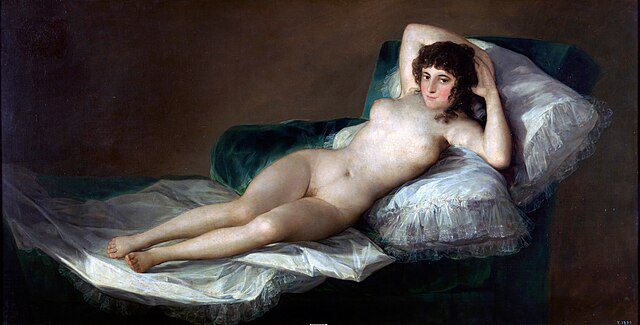
Goya’s journey into art began in Zaragoza, where he initially apprenticed with the painter José Luzán at the age of 14. His early works were influenced by the Baroque style, but his ambition soon drove him to seek greater opportunities. Despite initial setbacks, including unsuccessful applications to the Royal Academy of Fine Arts of San Fernando, Goya’s perseverance led him to Italy to study the masters. Upon returning to Spain, he began to establish himself as a painter of religious subjects, portraits, and designs for tapestries for the Royal Tapestry Factory in Madrid, which reflected the Rococo decorative style then fashionable at the Spanish court.
Rise to Prominence
Goya’s talent for portraiture garnered the attention of the Spanish aristocracy and royalty. By the late 1780s, he was appointed painter to Charles III and later became court painter to Charles IV. In this role, he produced some of his most famous portraits, capturing the opulence as well as the underlying tensions within the royal court with a nuanced realism and psychological depth unprecedented in Spanish painting.
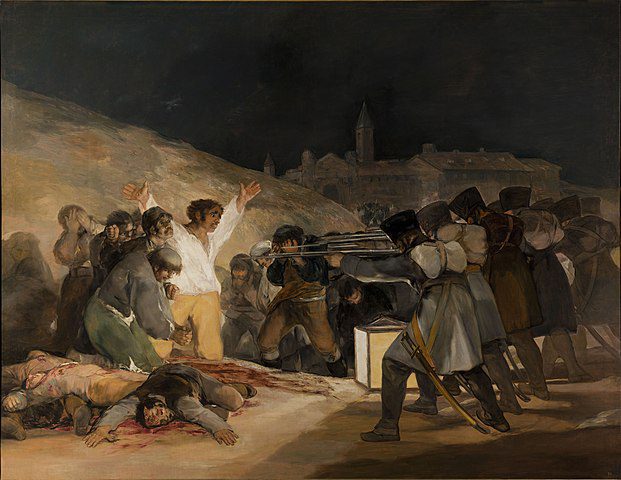
The outbreak of the Peninsular War (1808–1814) and the ensuing political turmoil deeply affected Goya. His experiences of the war’s brutality and the horrors of conflict inspired some of his most powerful works, including “The Second of May 1808” and “The Third of May 1808,” which depict the uprising in Madrid and its bloody aftermath. These paintings mark a departure from his earlier work, employing a dramatic realism and emotional intensity that foreshadowed modern art.
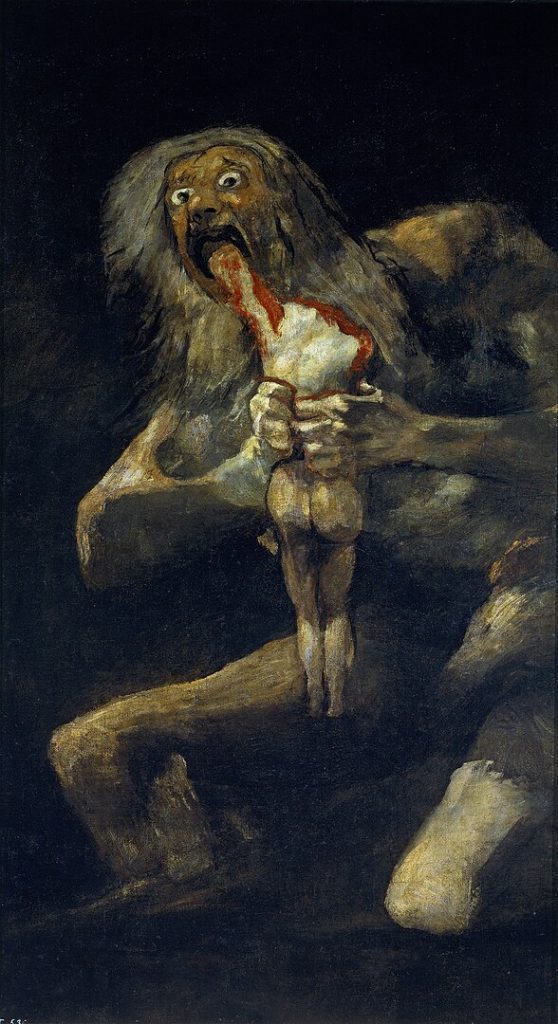
In his later years, Goya’s work took on a darker tone, culminating in the series of murals known as the Black Paintings, which were painted directly onto the walls of his house, the Quinta del Sordo (House of the Deaf Man). These haunting images reflect Goya’s disillusionment and despair at the societal and personal level, touching on themes of insanity, witchcraft, and the grotesque.
Voluntary Exile
Goya’s health and political troubles led him to voluntary exile in Bordeaux, France, in 1824, where he continued to work until his death in 1828. Despite his isolation, he remained artistically active, experimenting with lithography and producing a series of works that reflected his unyielding interest in the human condition.
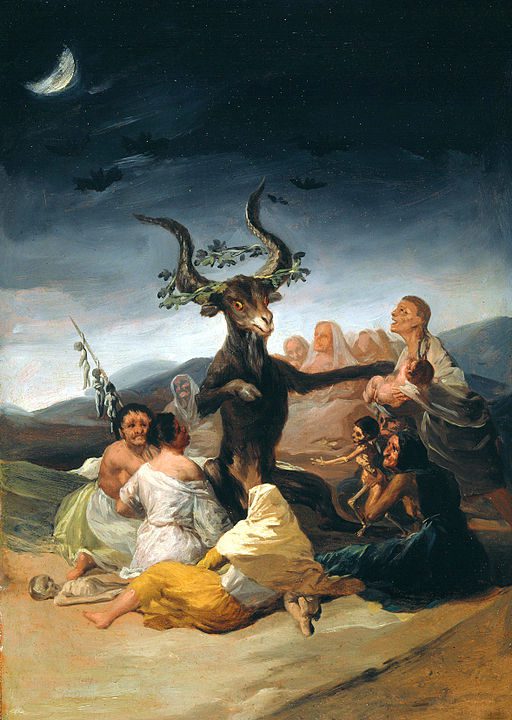
Goya’s oeuvre is a profound commentary on the human saga, characterized by its bold technique, innovative use of light and shadow, and psychological depth. His ability to convey complex emotions and critique social and political realities has cemented his reputation not only as a master of Spanish art but as a forerunner of modern artistic movements, including Expressionism and Surrealism. Goya’s influence extends beyond painting and printmaking; his work has inspired countless artists, writers, and filmmakers, making him a central figure in the Western artistic canon. Through his unflinching portrayal of his times, Goya remains a universal voice for the resilience and folly of humanity.




